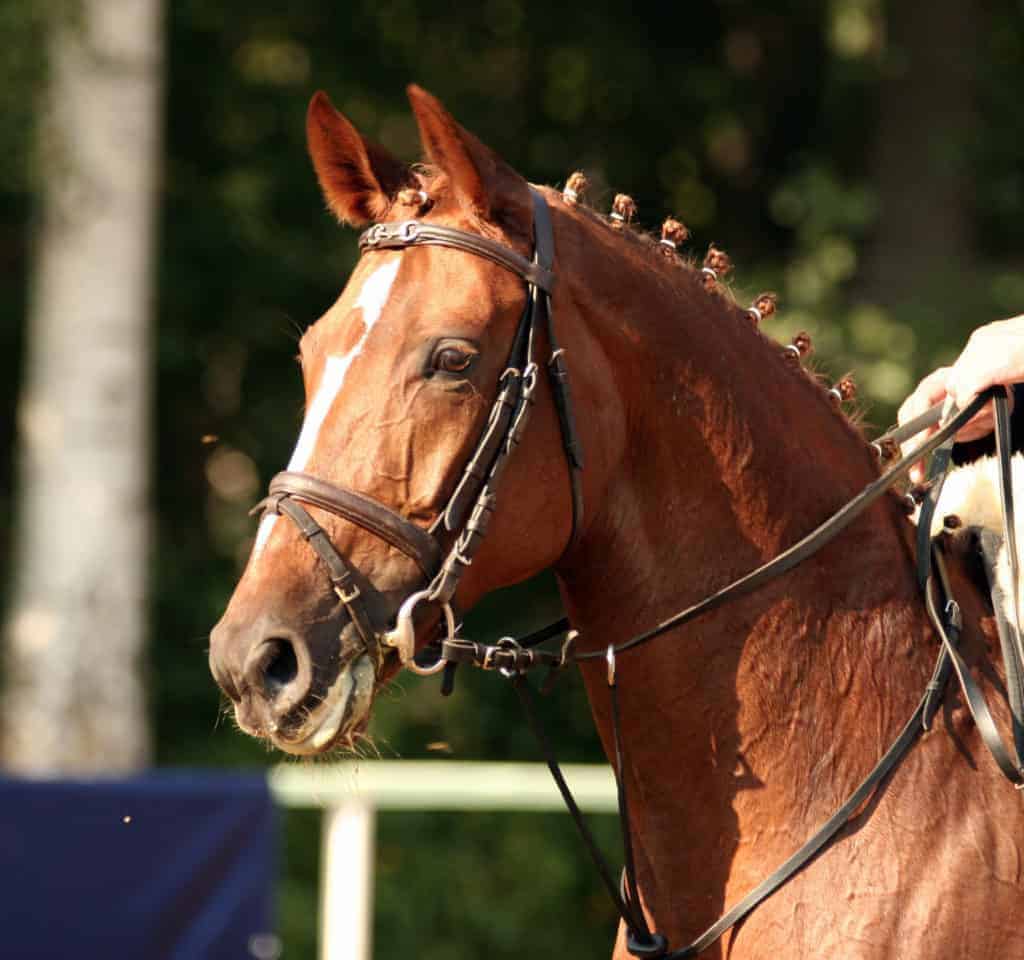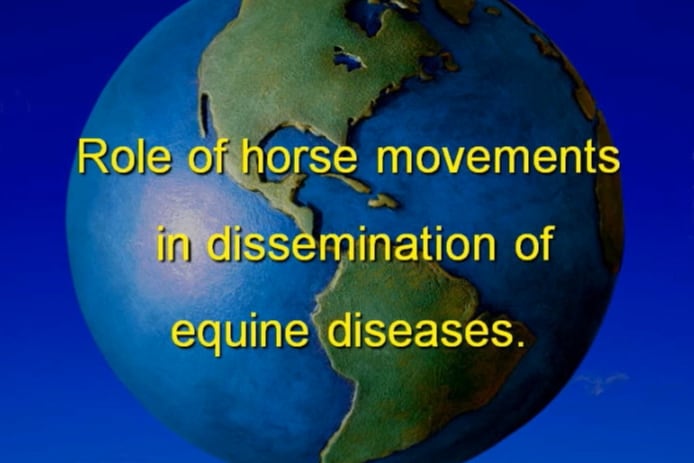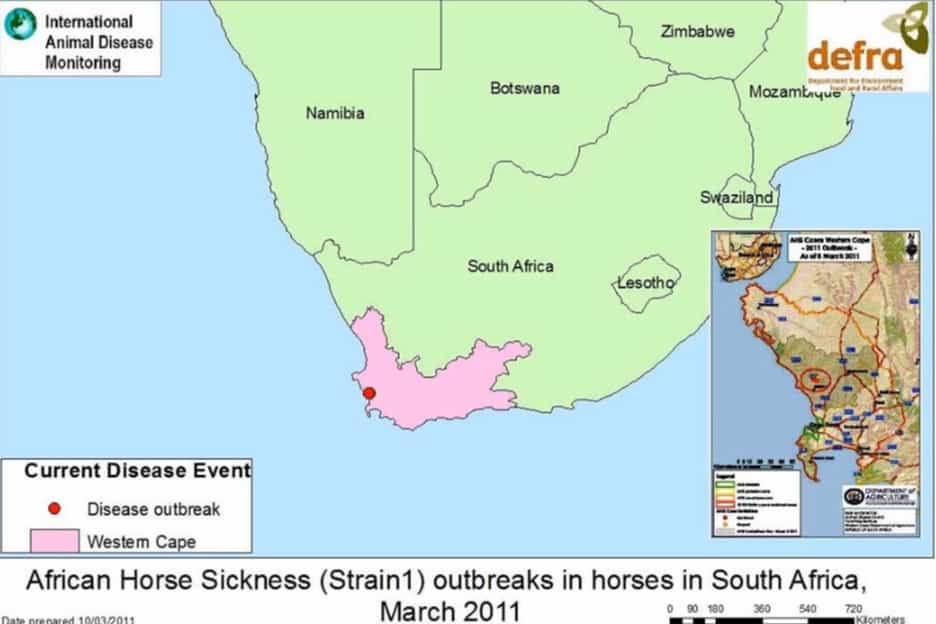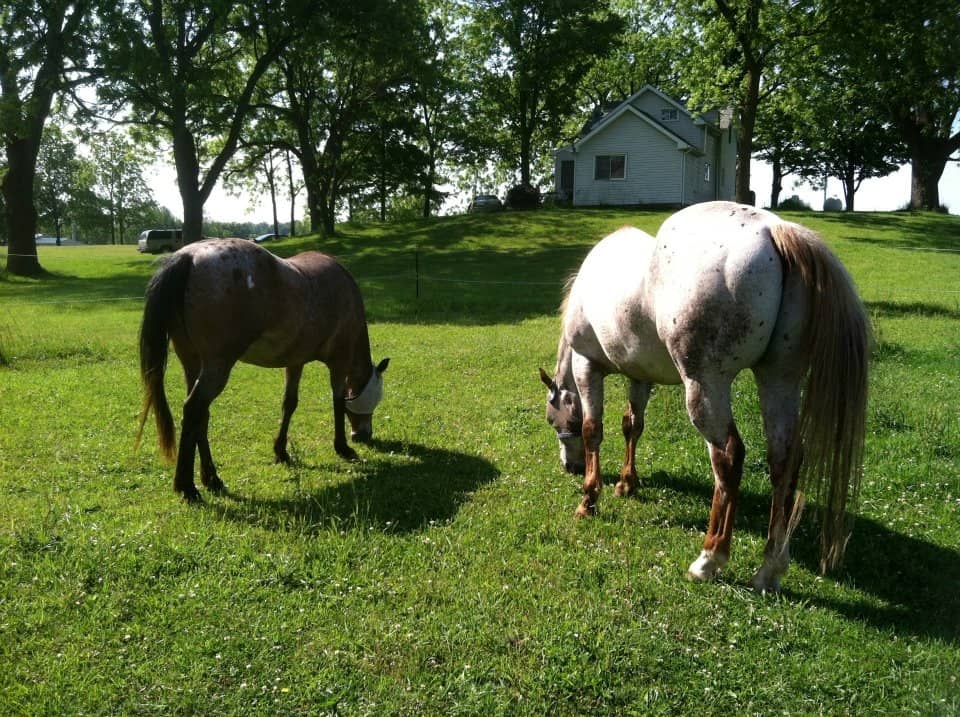
ISES 2013: Comparing Amateurs and Pros in Rein Tension Study
Dr. Hayley Randle of Duchy College in Cornwall, U.K., compares how professional and amateur riders responded during her rein tension study.

Dr. Hayley Randle of Duchy College in Cornwall, U.K., compares how professional and amateur riders responded during her rein tension study.

Did you know the rate of death for horses under general anesthesia is 100 times greater than humans? Horse size and history makes a difference. Learn that and more about field anesthesia from specialist Dr. Nora Matthews of Texas A & M.

Dr. Hayley Randle, a researcher with the equitation science department at Duchy College in Cornwall, U.K., shares the results of her study investigating rider perception of rein tension.

Dr. Peter Timoney of the Gluck Equine Research Center at the University of Kentucky discusses maintaining a balance between the facilitation of international horse movement and mitigation of disease risk.

Dr. Kenneth Lam, executive manager and international veterinary liaison for the Hong Kong Jockey Club, presents ways to protect populations when temporarily moving horses for international competitions.

Dr. David Frisbie of Colorado State University answers a reader question about whether oral and injectable equine supplements help prevent and treat arthritis, and he describes the importance of pursuing quality, tested products.

Dr. Brandy Burgess of Colorado State University answers a reader question about transferring skills from human infection control to a career in equine infection control, noting that many disease prevention concepts are similar between species.

Dr. Graeme Cooke, FEI veterinary director, discusses how we can better facilitate movement of horses for international competition while preventing the spread of disease.

Dr. Brandy Burgess of Colorado State University describes how to select a disinfectant to protect horses from infectious disease agents, based on organic material present, surface type, and disinfecting goals.

Dr. Josie Traub-Dargatz of Colorado State University describes using quarantine, designated equipment, and other measures to avoid disease spread among a population when a new horse arrives at a barn or returns from a show or event.

What makes a palomino golden or pintos splotched as if covered in paint? In this UK Lecture presentation, Dr. Kathy Graves shares the basics of equine coat color genetics and how base colors, dilute genes, and certain coat patterns are inherited.

Dr. Megan Green, field veterinarian for Merial Limited, describes why FDA approval is important for horse owners and how they can determine if a drug’s approved.

Dr. Erica McKenzie of Oregon State University, and an Ironman triathlete, shares what exercise physiology research in humans and dogs can tell us about our horses.

Learn about a yearlong study using corticosteroids and antigen avoidance to treat recurrent airway obstruction (RAO, heaves) from Dr. Mathilde Leclere.

Horses with botulism often present as if they are colicking. Here is how to tell the difference.

Meet Q, a Rocky Mountain Saddle Horse that survived proliferative enteropathy caused by Lawsonia intracellularis.
Stay on top of the most recent Horse Health news with
"*" indicates required fields